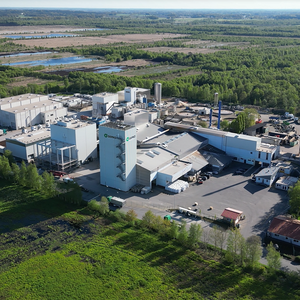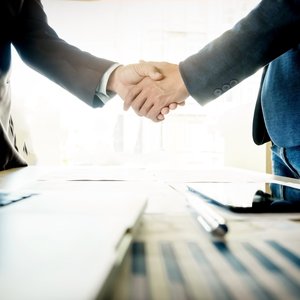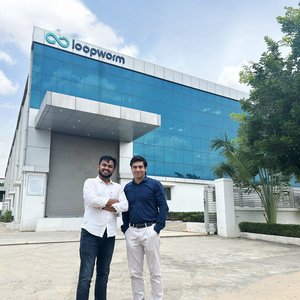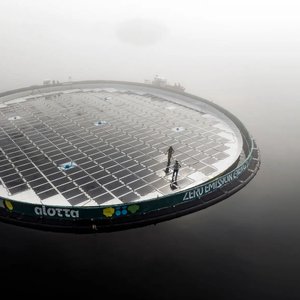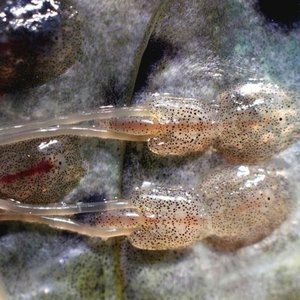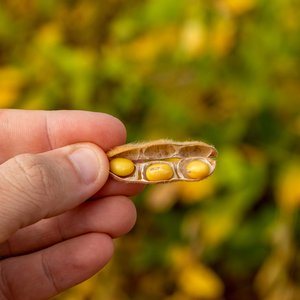GAA response to Pew Environmental Group-funded study on seafood ecolabels:
The Global Aquaculture Alliance, the leading standards-setting organization for aquaculture seafood, shares the goal of a recent Pew Environmental Group-funded study on seafood ecolabels: a more sustainable marine aquaculture industry (see: Pew-backed Study Rates Seafood Eco-labels) . The approach of quantifying standards is useful, but the utility of the comparative scores is limited by the study's scope, interpretation and inferred equivalency of organic, draft and operational mainstream standards.
The "How Green Is Your Eco-label?" study by the University of Victoria evaluated the ecological impacts of 20 working and draft aquaculture standards systems as they relate to the farming of marine finfish. The Global Aquaculture Alliance is pleased the study included its Best Aquaculture Practices certification standards for salmon farms, which incorporate guidelines and quantitative criteria for the impact measures examined in the study. These include limits on antibiotic use, chemical use, fish waste products, escapes and use of marine ingredients in feed.
The study understandably reflected Pew's limited scope: environmental issues at the farm. However, it failed to consider social responsibility, food safety, animal welfare and traceability. For the study report's rankings to have greater meaning, it may be helpful for the underlying analysis to be broadened to include these additional indicators so that a more balanced assessment can be made of how standards contribute to sustainable aquaculture. It would also be helpful to consider impacts at other links in the aquaculture production chain. BAP's comprehensive program includes not only farms, but also hatcheries, feed mills and processing plants.
The scoring approach used in the study narrowly interpreted standards based on quantitative metrics. For example, the BAP salmon standards forbid antibiotic use without confirmed diagnosis of disease and require oversight of treatments by a designated veterinary professional. This was dismissed as "standard does not set a limit." Although the report emphasized the importance of driving change, it failed to credit the BAP standards on fish in:fish out ratios and use of anti-foulants that become progressively stricter over time.
The study scored nine organic standards and three draft standards in parity with BAP and other mainstream operational standards, even though the authors stated that organic standards "can only be achieved by a small (or perhaps zero) percent of the industry at the time of adoption." Draft standards are hypothetical, because they can change considerably before approval.
Although BAP did not receive the highest "green" ratings -- given to organic or draft standards in this case -- it is not the program's objective to set standards that can only be achieved by a small portion of the industry. The BAP program strives to effect the greatest industry improvement through highly adopted, real-world standards that continuously improve over time.
For further information on the Best Aquaculture Practices standards, contact Dan Lee for inquiries in Europe: dangaelle@aol.com, +44-1248-712906. In other regions, contact George Chamberlain: georgec@gaalliance.org, +1-314-293-5500.


